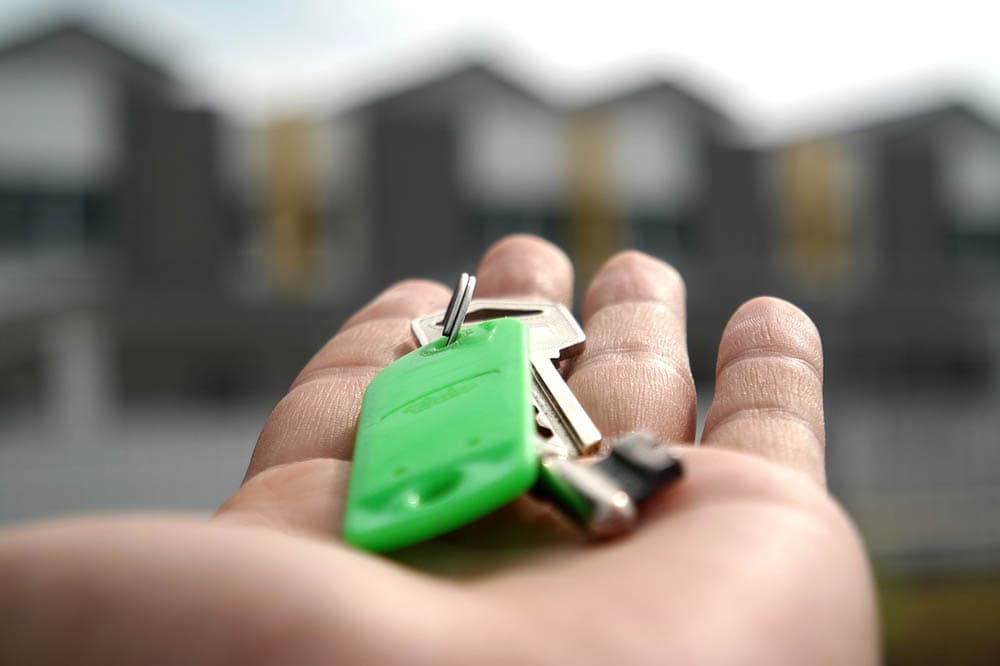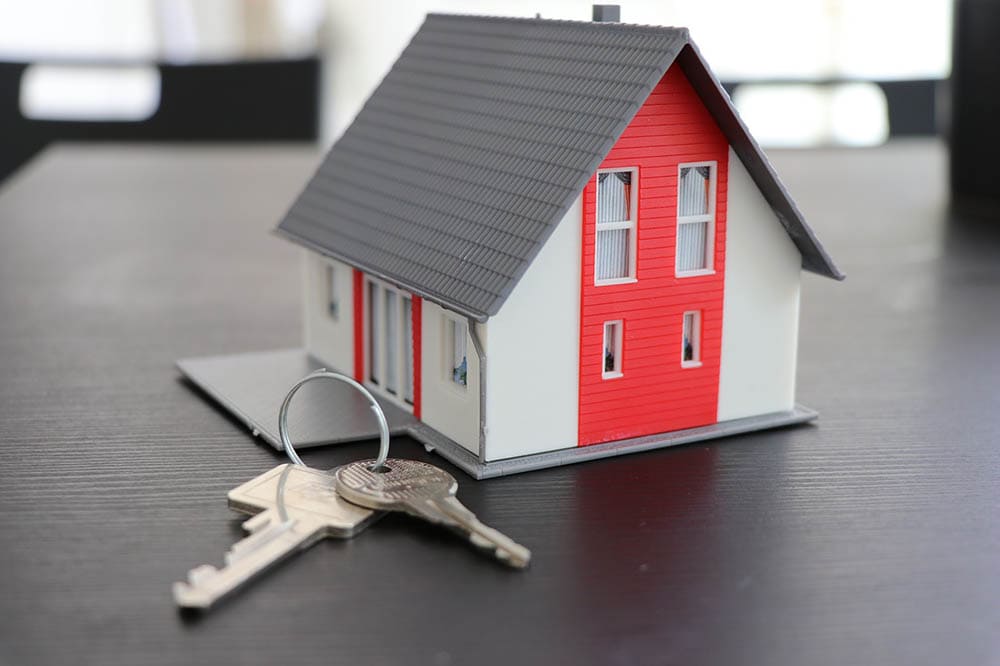How Many Homeowners Are There in the US?
-
Pete Ortiz
- Last updated:

Homeownership is essential, and it has been part of the American Dream since the 1960s. The number of people owning homes in the US has steadily increased since then.
As of the second quarter of 2021, there were 82.51 million homeowners in the US. The number of housing units in the US continues to grow. Not only do families want to purchase houses, but young people are also joining the bandwagon to become homeowners.
In this article, we explore more about homeownership in the US, the age group more concerned with owning a home, and the connection of Millennials and homeownership.
Homeownership by State
The best way to look into homeownership in the US is to analyze it state by state. While most homes are in cities, states’ data provides a deeper insight into homeownership across the US.
For instance, which state in the US has the highest percentage of homeownership? As of 2021, the trophy goes to West Virginia. For this state, the homeownership rate is 78.8% for both short- and long-term.
This state has several factors that influence people to be homeowners rather than renters. They include:
- Low cost of living
- Beautiful environment and sceneries
- Low crime rate
- Smaller cities with less population than the big ones
West Virginia homeownership numbers are impressive and rank 20.1% above the national average. Homeownership in this state has increased by 0.38% from 2019 to 2020. Perhaps the biggest contributing factor to this is the house prices. Interest rates remain low.
The state with the lowest homeownership rate in the US is New York. The homeownership rate of this popular state as of the 1st quarter of 2021 was 54%. In the city itself, only 32% of the population owns homes. The rest are renters.
In fact, many New Yorkers prefer renting the property to going through the hustle of purchasing a home. Several factors contribute to this low rate of homeownership in New York, including:
- The popular lifestyle of renting rather than owning a home
- High mortgage interest rates render most residents incapable of home purchasing.

Average Age for First Time Homeowners in the US
In 2020, many homebuyers in the US were 22 to 30 years old; this is the Gen Z age group of individuals born from 1996 to 2010. They made up about 82% of Americans who went ahead to purchase their first home that year.
What’s surprising is the next age group born in 1980 to 1995 only bought half as many houses. The Millennials saw less purchasing power in 2020 since they only averaged 48%. At the top of the list for why Millennials can’t afford homes are high student debt and a 20% down payment.
What Percent of American Adults are Home Owners?
The average age of a homeowner in the US is 56, making about 23.4% of the average homeowner aged 55 to 64 years old. These individuals tend to live longer in their homes before selling the houses.
When it comes to young adults, 30 to 34-year-olds who own 32.8% of homes in the US are mostly college graduates with a bachelor’s degree. Next are those aged between 35 to 44 years, who make up 29.1% of homeowners.
Homeownership is about having a roof over your head but also raising equity. The longer one remains in a home, the higher their chances of raising equity and protection. Older homeowners seem to excel at this since they stay in their homes longer than younger adults.

What Percentage of Millennials Own Their Own Homes?
There’s a notion that Millennials are shying away from the American Dream of being homeowners. Most prefer to rent. Compared to previous generations, Millennials don’t own nearly as many homes as those generations did.
Only 47.9% of Millennials own homes in the US. The percentage is quite low compared to Generation X, who are at 69%, and baby boomers, who are at 77.8%.
In theory, Millennials should be at the forefront of people seeking to buy a housing unit and start their lives. In this informational age, it’s much easier for them to do so. But that’s not the reality they face. In fact, many Millennials can’t afford to buy a home.
This doesn’t mean they don’t share the American Dream of owning a home. But they simply don’t have the resources to make this dream a reality. Many of them don’t even focus on owning one.
Why is that? Why are many Millennials not able to purchase housing units in the US? There are several reasons which we shall look at below.
Why Are So Few Millennials Homeowners?
1. Student Debt
Most of the Millennials in the US are graduates, and many of them took out student loans to help pay for their education. However, the student loan is something they must pay back after graduation.
In fact, 31.94% of Millennials have student debt which limits them in many ways. That’s a huge percentage of these individuals, considering the total student debt as of 2021 was $1.57 trillion. Student debt has now become a huge burden on Millennials.
With that in mind, many aren’t even considering getting partners, let alone purchasing a house. Many are waiting until they’re much older to start scouting the market for a house. It takes them much longer in the current economy to save the money they need to make a down payment on a house.

2. Millennials Can’t Afford Homes
In the US, certain financial rules guide things like mortgages. It’s standard that a mortgage payment should never exceed 25% of what you earn each month. If you must pay more money than that, it means you can’t afford to buy the house you want.
Many Millennials continue to find it hard to buy a home. This is because of the widening gap between what they earn each month and the value of a house. As of January 2020, the home affordability index shot up to over 100.
Still, there are different factors to consider when it comes to affordability. For instance, you can find your income better placed to purchase a home in certain parts of the country than others.
3. Tough Lending Standards
It’s not as easy for Millennials to get a loan to buy a home. This is because of the tougher lending standards set by banks in the US. On top of that, having a 20% down payment is necessary to secure a mortgage. Saving for this amount isn’t as easy for Millennials.
Another issue with lending standards is high interest. Most lenders who offer mortgages for people with less than 20% down payment charge higher interest rates. This is all to ensure they cover their risk, but it puts a financial strain on any Millennial who wants to be part of the American Dream.

4. Lure of City Life
Many Millennials love living in the city where owning a home isn’t always possible. Most properties in these grand places are rentals, which are what Millennials seem to like. Their focus is growing careers and living a certain lifestyle which doesn’t include owning a home in the suburbs.
Since most of them aren’t in a hurry to settle down, it explains why smaller percentages show interest in homeownership. Times are changing, and the American Dream differs from that of generations living in the 60s and 70s.
Summing Up: Number of Homeowners in the US
There are 82.51 million homeowners in the US. This is according to data collected in the first quarter of 2021. Many more people are joining the American Dream to own a home rather than be renters. But, this isn’t a definite mark for all places.
In West Virginia, many people prefer to be homeowners, while in New York, the majority are renters. In addition, homeownership between different age groups is different. For instance, more Millennials find it easier to be long-term renters than homeowners in the US.
Despite the addressed issues, we can see increased homeownership in the US compared to the previous years, and it’s projected to keep increasing even in the coming years.
Featured Image Credit: mastersenaiper, Pixabay
Contents


